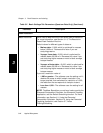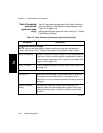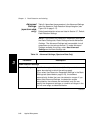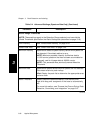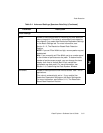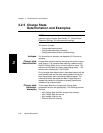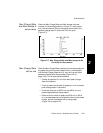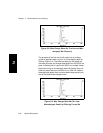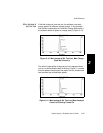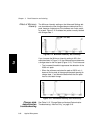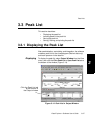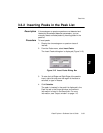
Chapter 3 Peak Detection and Labeling
3-32 Applied Biosystems
3
3.2.5 Charge State
Determination and Examples
NOTE: Isotope-resolved peaks in Voyager data are
typically singly charged. See Section 3.7, Default Peak
Detection Settings, for recommended settings.
This section includes:
• Charge state determination
• Charge state parameter examples
• Charge state determination troubleshooting
Isotopes For information on isotopes, see Appendix B, Overview of
Isotopes.
Charge state
determination
Charge state is determined by evaluating the relative isotope
peak spacing. The expected peak spacing is determined by
the Max Charge State, plus or minus a tolerance value. The
tolerance is calculated as (proton mass/charge state) × 15%,
where proton mass equals 1.007276456.
During charge state determination, the software starts with the
most intense peak and the peak spacing determined by the
Max Charge state, then evaluates all detected peaks. The
software iteratively decreases the Max Charge State and
repeats the process for all peaks not already identified as
members of an isotope cluster.
Charge state
parameter
examples
To accurately determine charge state, Charge State
parameters must be set appropriately. The following sections
illustrate:
• Max Charge State and Max Isotope # set correctly
• Max Charge State set too low
• Max Isotope # set too low
• Effect of Minimum Intensity



